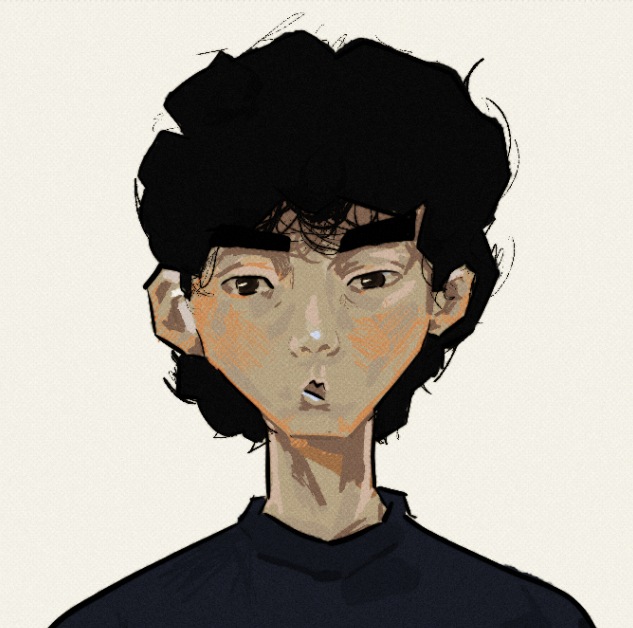Idea
Shot 1: Robot is walking through deserted environment
Shot 2: A child is hiding behind a rock and they sneeze
Shot 3: The robot starts approaching the rock and pulls out their weapon
Context: This story refers to dystopian change of the natural order as a result of the progression of AI. The robot seeks to eradicate the human race as they see them as lower unintelligent beings. In the robots brain, it cannot compute why humans harm the environment and overconsume.
Themes: Environmentalism, Horror, Political thriller
Setting: Pueblo inspired architecture
Moodboard

This environment considers the impact of climate change. Natural resources have been drained and rising sea levels means humans migrate to build homes. The rising temperatures result in an dry environment with a lack of plants, as they have not evolved quick enough to withstand the high temperatures and lack of water. Simple structures are more favourable considering the urgency to build new homes and the economic crash that comes with climate change, which also explains the lack of expensive metals and bricks. I have included two primary sources from Libya as further evidence of the architecture in an economically torn country.
The buildings will be constructed from adobe, called “mud bricks” in English. They can quickly air dry therefore suited for the urgent nature. Adobe is also durable under dry climates suitable for the rising rates of droughts.
Colour palette

I will loosely base my colours on these. The environment will be sandy due to the contextual nature.
The child will be wearing the teal colour as the colour blue represents” open spaces, freedom, intuition, imagination, inspiration, and sensitivity. Blue also represents meanings of depth, trust, loyalty, sincerity, wisdom, confidence, stability, faith, and intelligence”. This illustrates the struggle of the survival of the human race.
The robot will have accents of purple, which represents “royalty and mystery”. This illustrates the superiority of the robot.
Concept sketch

I wanted to illustrate a sense of eeriness in the location. I have chosen to use inorganic structures that have been damaged to give it a sense of danger and uncertainty. The bricks and bones on floor help present this. I have also proposed a gate like structure for the environment to further represent that the robot is entering a new environment. A torn flag helps portray contextual information, that a somewhat proud group was once living there. These buildings will be contrasted by some palm trees and elements of drought resisting plants to create a visually more stimulating environment whilst also being representative of the power of nature. Scaffolding is utilised to portray a rushed and unfinished village whilst also using the wooden texture to contrast the organic mud bricks.
Storyboard

I’ve decided to switch the order of the shots to establish a more natural flow to the story. Shot 2 being from the perspective of the robot who notices the sneeze, introduces the child more naturally to the story. It also establishes the emotion of the child more effectively as justification of his fear is illustrated when the robot points his gun towards him.

With this storyboard, I’ve considered the framing. In the first shot, the establishing shot, the robot is walking into the scene. The camera is at a lower point of view to present the robot as powerful and the negative space is arranged in a way for the eye to be led towards its destination, making the viewer wonder: where is he going?
With the second shot, I’ve used an over the shoulder shot to illustrate the event in the robots perspective. The sneeze comes from a lower part of the frame to represent the child’s lack of power. Ideally I would like to represent the sneeze in a visual manner too to improve readability.
In the last shot, the robots gun will be utilised to lead the eye towards the child. The child will be holding a teddy bear to illustrate their innocence and a sense of brutalism. Again, the robot is in the upper part of the frame as it is the one in control of the situation.
Animatic
Modelling





